Natural Diamonds and Sustainability
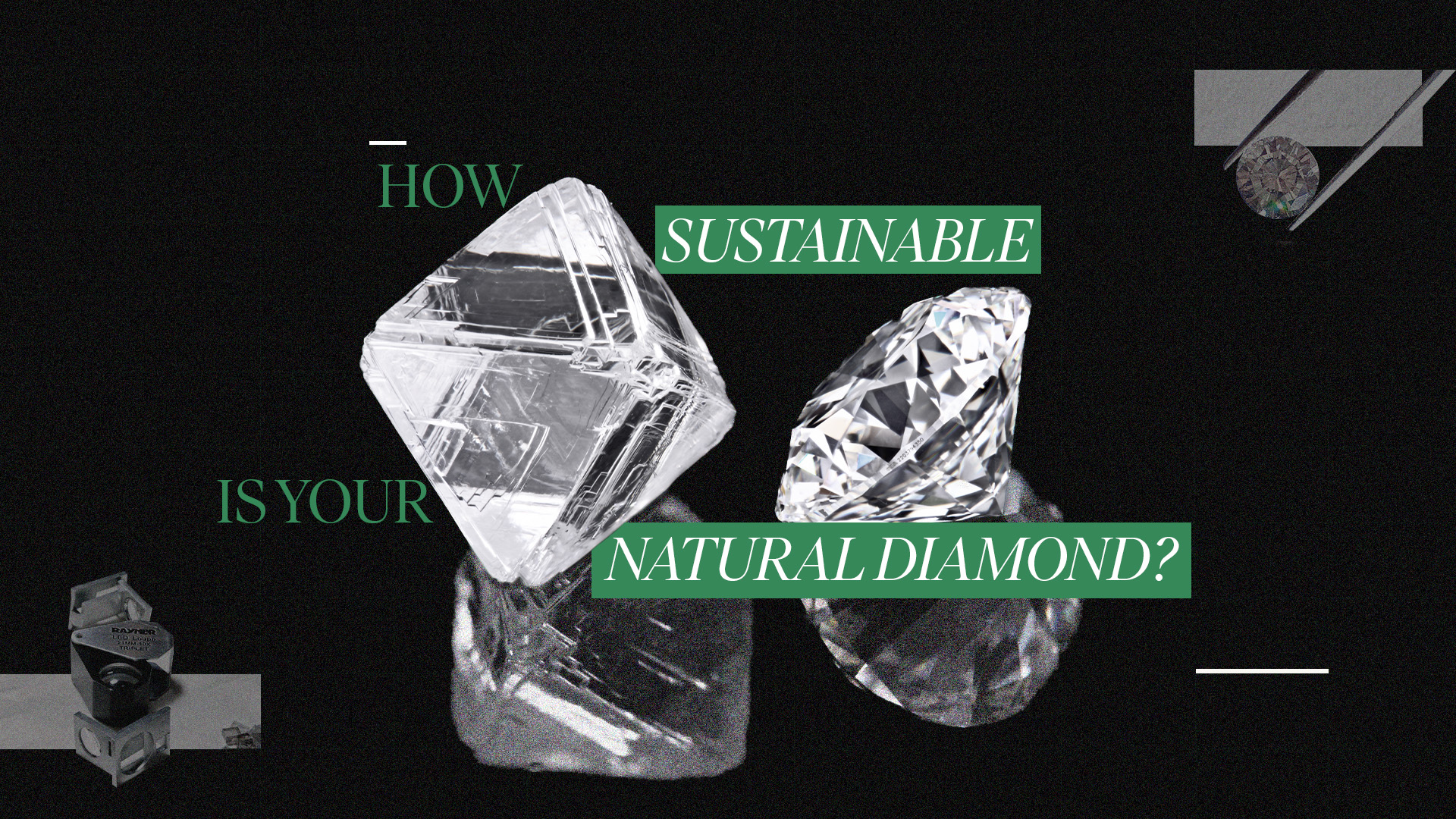
A symbol of love, legacy, achievement and commitment—values that are irreplaceable and timeless—the diamond isn’t just a sparkle. Created over millennia, a natural diamond represents an invaluable relationship, with yourself or a loved one. And with the world becoming increasingly focused on responsible sourcing and committed to a greener world, the natural diamond industry is increasing its focus on sustainability too.
And to be honest, why not? If this rare and precious stone can be made even more meaningful, doesn’t it add more value to whatever emotion you’re imbibing it with? We now have an opportunity to make the ultimate symbol of love truly extraordinary and purposeful. Love isn’t just something special between two human beings; its value now encompasses the whole planet.
When it comes to choosing a symbol that holds so much value and meaning, it’s time to make an informed decision.
The nature of it all
Let’s first look at what natural and laboratory diamonds are. There is little difference in terms of outward appearance to the layperson. However it takes anything between 90 million to 3 billion years of high pressure and temperature under the earth’s mantle to create a natural diamond from a piece of carbon. Laboratory-grown diamonds take a few weeks to produce in a factory using one of two types of technologies. The first is the High Pressure High Temperature (HPHT) method that mimics the Earth’s high pressure that creates a diamond, along with very high temperatures (1300- 1600°C). The second is the Carbon Vapor Deposition (CVD) method that produces a diamond crystal from a seed diamond plate by placing it in a hot gas chamber (900-1200°C) with methane and hydrogen. For the romantic, the storyteller, a natural diamond holds the history of the planet in its core. Along with its unparalleled beauty, the diamond symbolises grit, determination, and a hard-earned valuable reward at the end of it all. There is value in rarity, in a slow and sustained gain. And that is what creates the value of legacy. There are also reports looking at the investment value of natural diamonds versus lab-grown diamonds—the former has risen 3 per cent per annum in the last 35 years whereas the prices for laboratory-grown diamonds have fallen from 2016 to 2023, in some instances by as much as 74%. But to really get into the debate, it’s time to dispel some myths around natural and lab-grown diamonds.
MYTH 1:
Natural diamonds are exploitative
That’s not the case at all, thanks to multiple measures put in place that ensure extreme transparency regarding the provenance of a natural grown diamond. Ethical business practices, and ecological measures are not just made available, they are made the focus around the story of each stone. Some are directly related, like the well-established Kimberley Process or Kimberley Process Certification Scheme (KPCS) since 2003, mandated by the United Nations and the World Trade Organization. Under this certification, the stones you buy are strictly regulated to make sure they’re conflict-free. Besides the KPCS, individual brands and companies also have measures and checks in place.
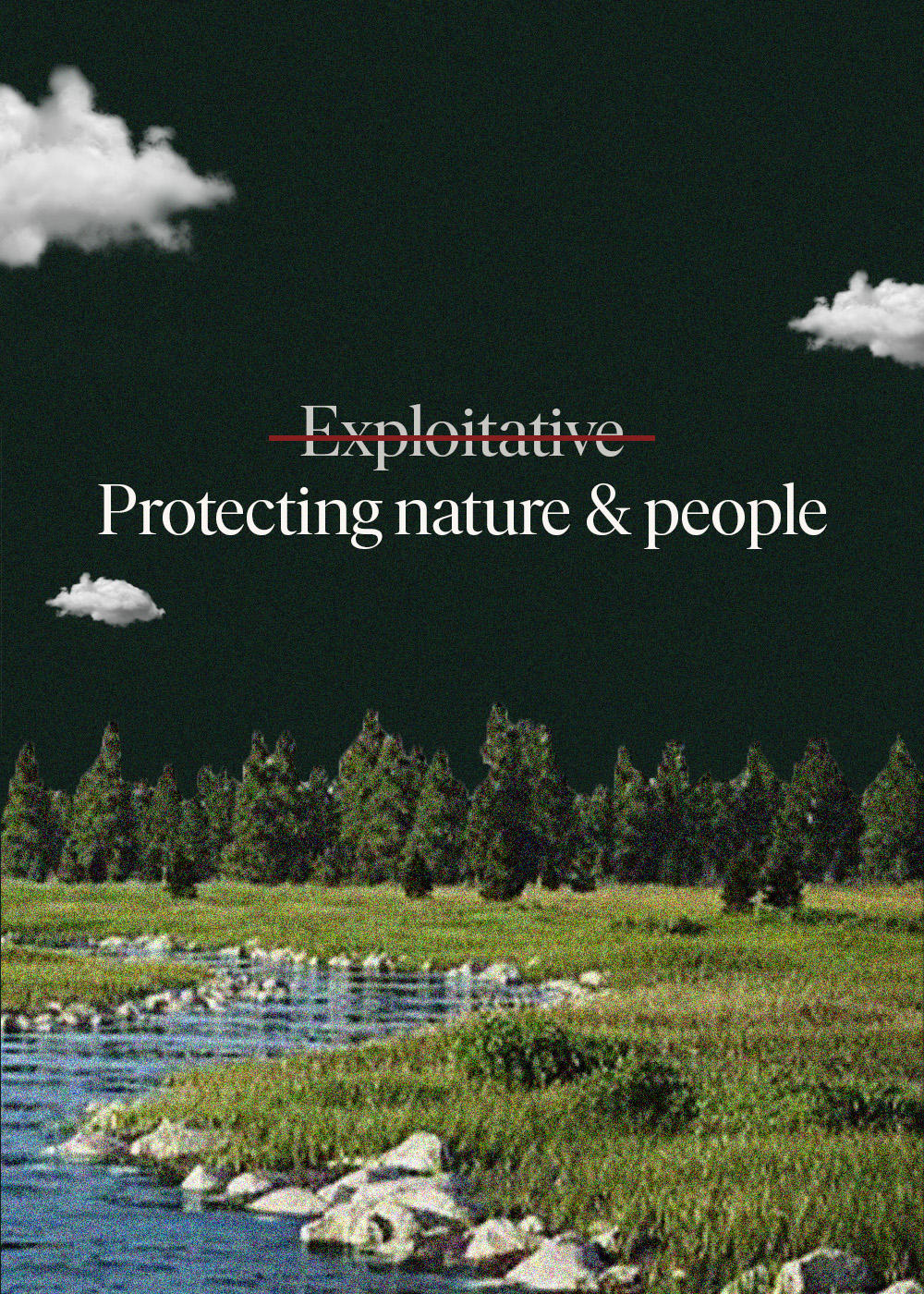
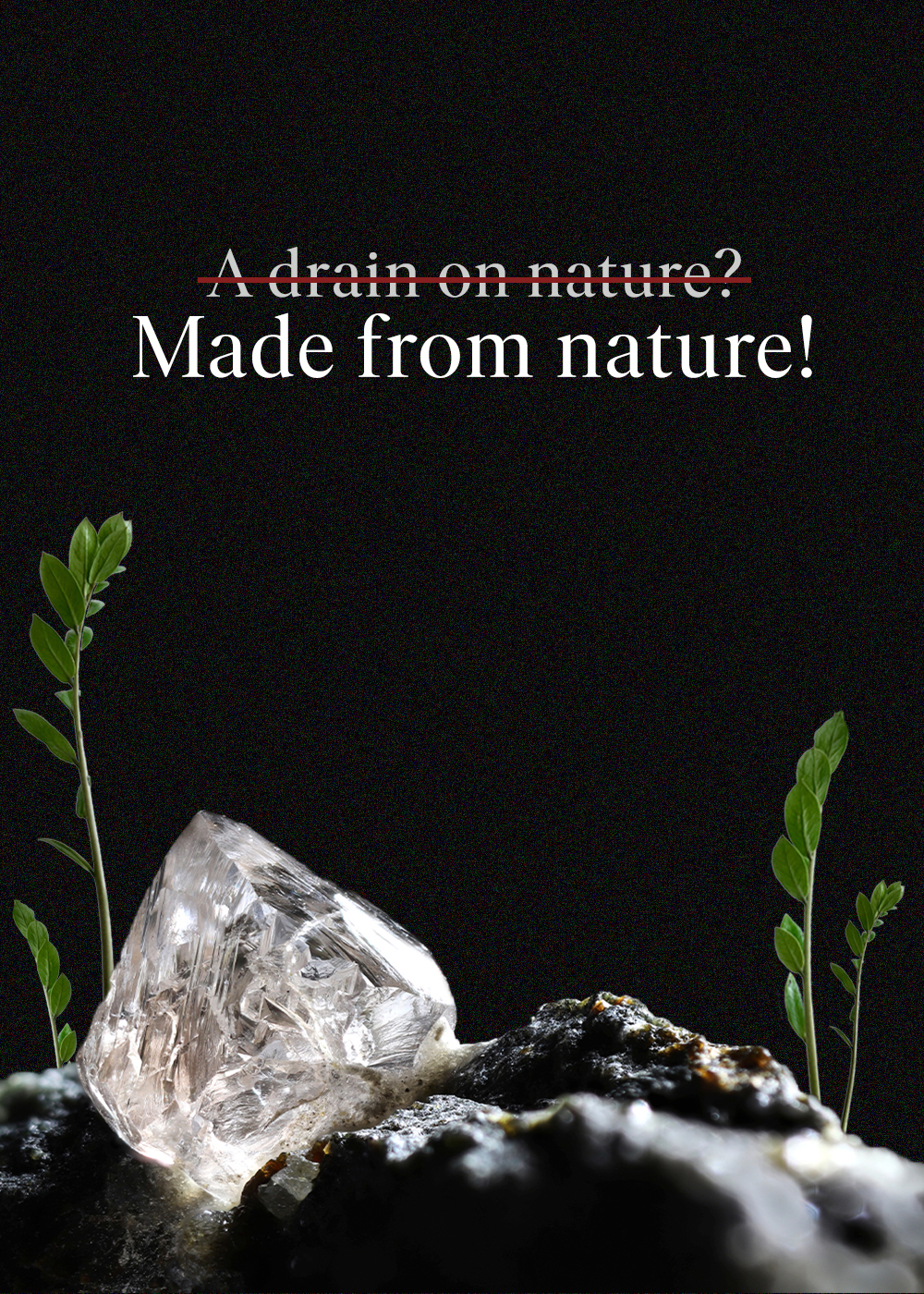
MYTH 2:
Natural diamonds drain the natural environment
In fact, the modern natural diamond industries, and the countries they operate in, are much more conscious about safeguarding their environment.These include introduction of renewable energy projects, to not just supplement the diamond production industry, but also to help develop the countries where it’s been traditionally more difficult to source energy. The De Beers group in fact plans to be carbon neutral by 2030.There are measures to make sure 99% of the waste from diamond recovery is rock and 84% of the water used is recycled.
The Diavik Diamond Mine also is investing and researching in cold climate technology, looking at how renewable energy works in a remote sub-arctic location, making it a leader in cold climate tech. Petra Diamonds has ensured 72 per cent of water used in their diamond production is recycled—its Williamson mine in Tanzania supplies drinking water to the local communities.
MYTH 3:
Natural diamonds destroy communities and promote gender inequality
On the contrary, the past decades have seen remarkable progress and development of communities in the countries where diamonds are sourced. From strong safety cultures in workplaces, investment in new technologies to aid workers, to gender diversity and inclusivity, these measures have trickled into strengthening communities. The natural diamond industry is in fact responsible for the livelihoods of 10 million people across the planet. There are efforts to ensure inclusivity and diversity at senior management levels too—whether it’s Petra Diamonds’ Women in Mining Committee, that provides a platform and has created a safe community for women to share experiences, challenges, and promote sustainable development goals or Lucara who promote the presence of women in their top business tiers. Eira Thomas is the President and CEO of the Lucara Diamond Corp, and Naseem Lahri is the Managing Director of Lucara Botswanam and the first woman to occupy this position in a diamond mine in the country.
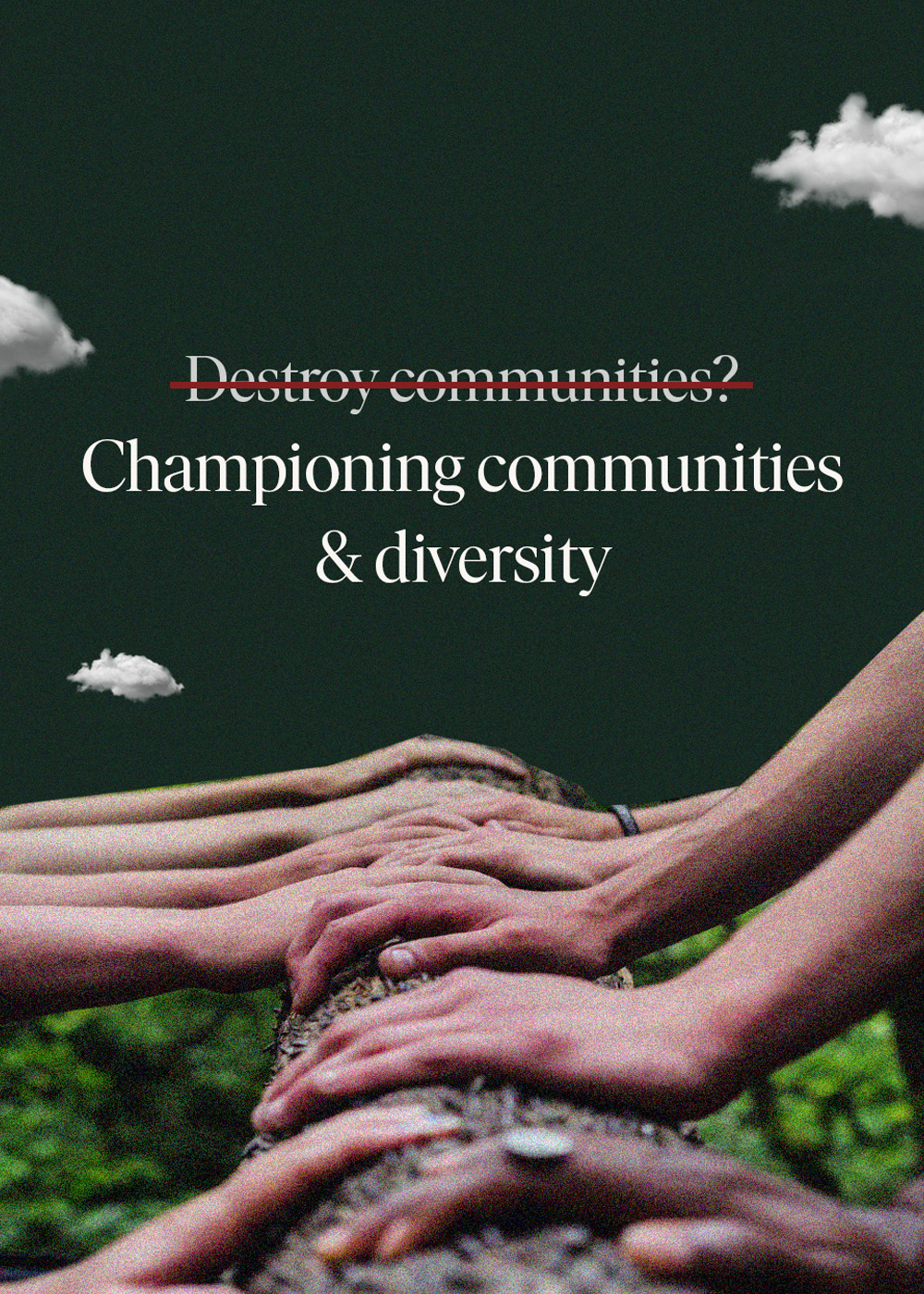
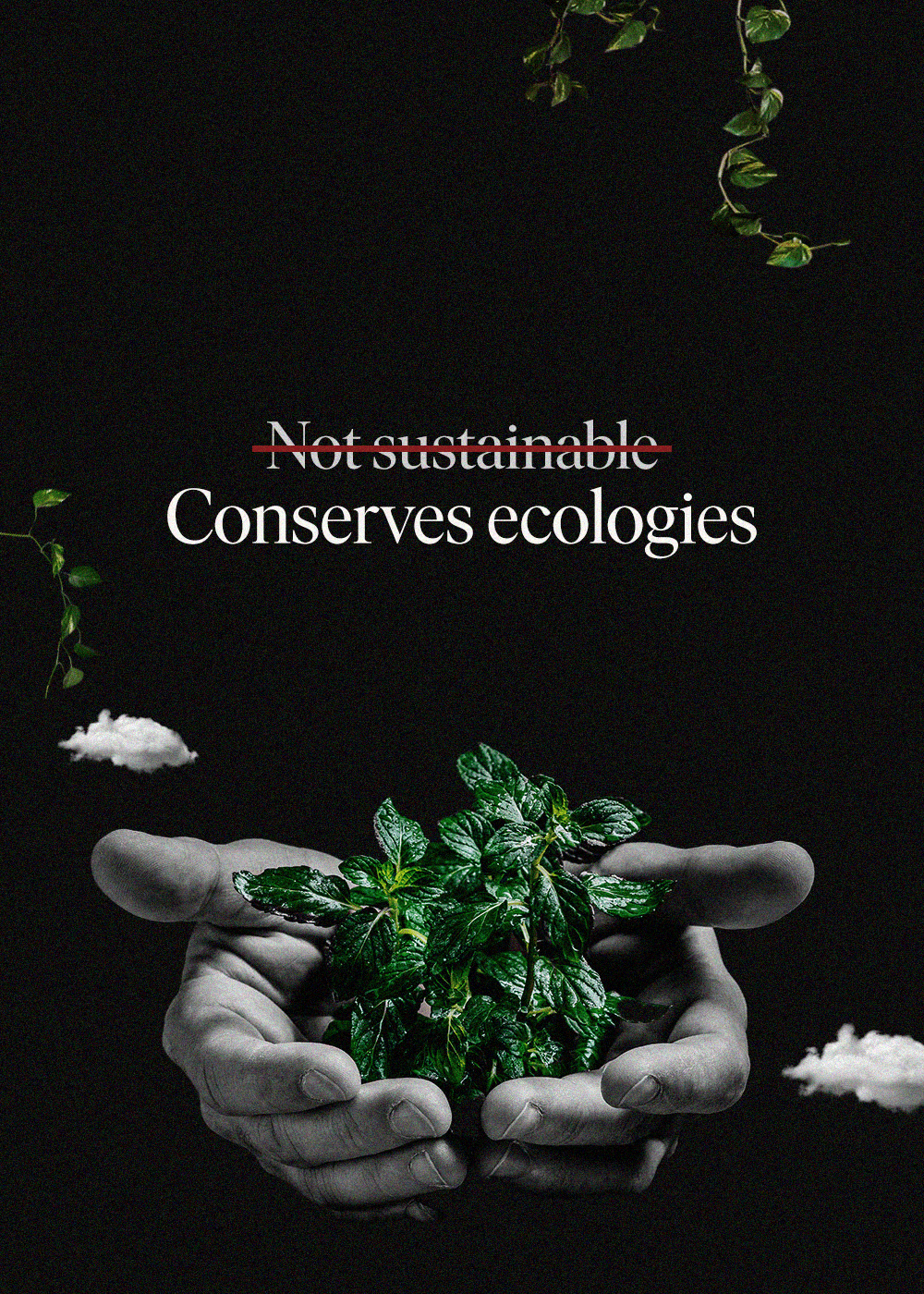
MYTH 4:
Natural diamonds damage ecologies
The area of land required for diamond mining is very small and the natural diamond world protects the biodiversity of an area almost four times the land they use. The Natural diamond industry in fact, is invested in many direct and indirect ways of protecting the Earth’s flora and fauna —For example, there have been initiatives like Moving Giants, a 1,700 km journey to save 200 elephants via the longest translocation of the gentle giants in Mozambique. The Diamond Route has specific ecology teams protecting 50,000 acres for conservation in Southern Africa. Petra Diamonds has started a bee pollinator conservation project where bees are removed from the mining site and placed in a safe environment. Both Rio Tinto and Arctic Canadian Diamond Company also manage Wildlife Monitoring Programs in the North West Territories of Canada.
MYTH 5:
Lab grown diamonds are more sustainable
Lab-grown diamonds are not as sustainable as you think. Manufacturing them can take weeks, needing high amounts of energy, with temperatures of almost 20% of that on the sun’s surface. Over 60% of laboratory- grown diamonds are mass-produced in China and India where 63% and 74% of grid electricity is generated from coal. It’s also important to look at the energy, chemical, material, water and waste management of the factory producing them. Additionally, certain raw materials are in fact sourced from mines (graphite and certain metals), and therefore it’s not accurate to claim lab-grown diamonds are entirely mine-free.
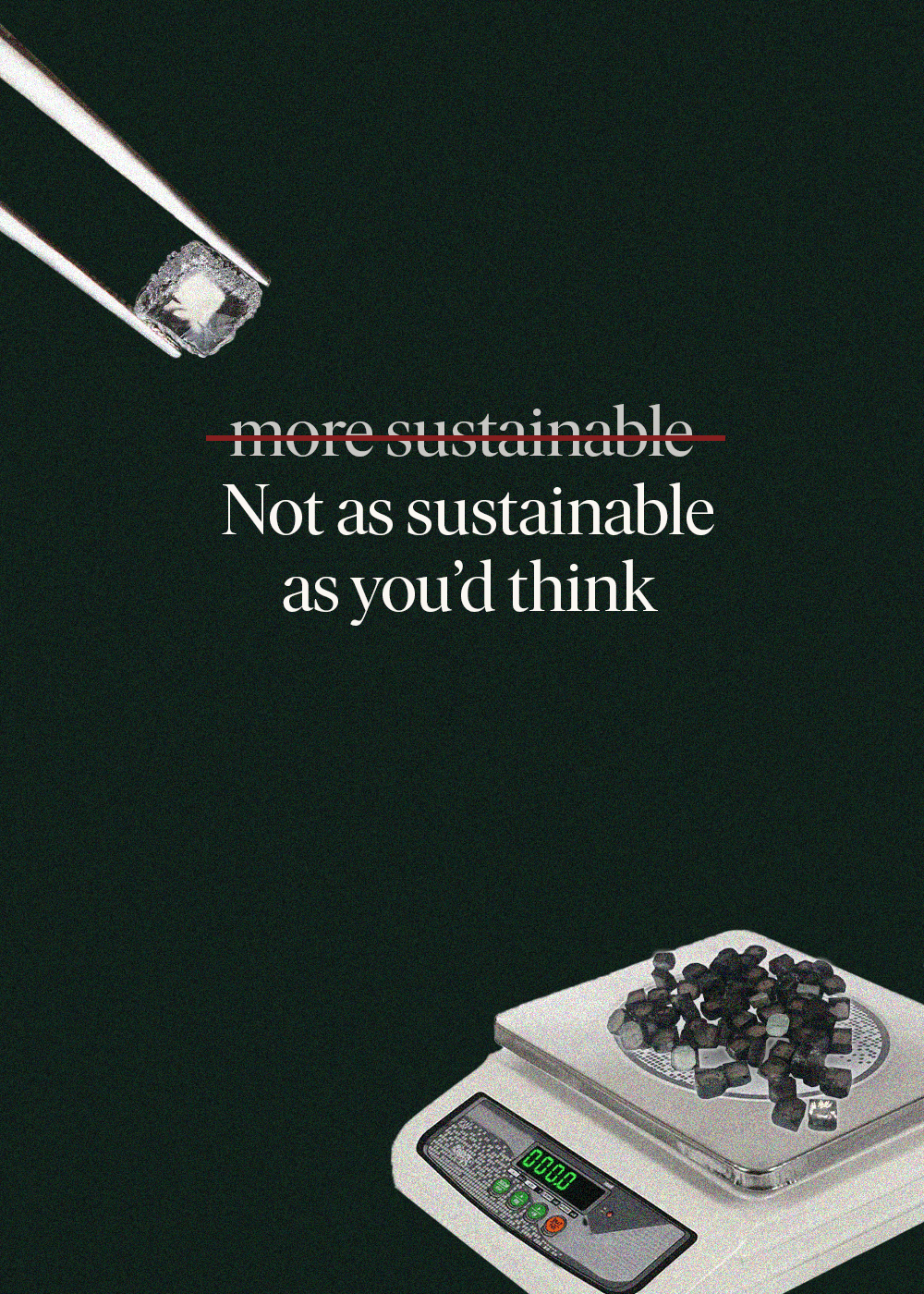
It’s important to look at the long term benefits of your diamond purchase at the end of the day. A symbol of love that has gone a long way to sustain a country or community’s development, that has proved its contribution to a greener world, and whose provenance is so much more than the mine it came from, sometimes including a whole generation who has benefited from its sale—surely that’s the stuff of legend and legacy.
